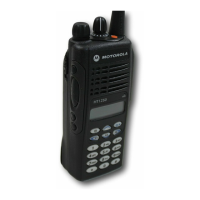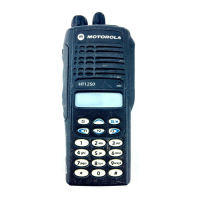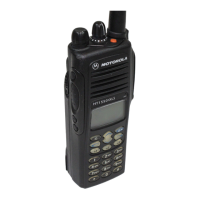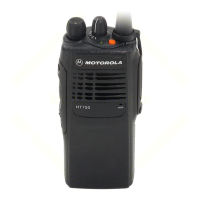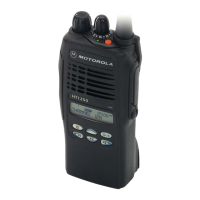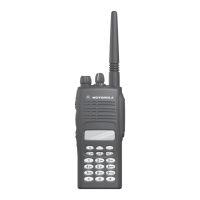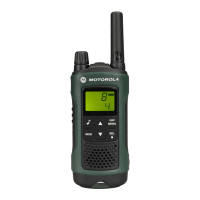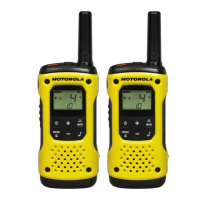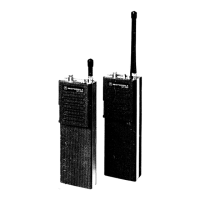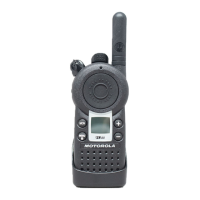8
English
INTRODUCTION
by making repeaters available to all users after
every transmission.
CONVENTIONAL RADIO SYSTEMS
Conventional radio systems typically refers to
unit-to-unit communications through a single
channel. Conventional systems also allow
radio users to extend communication coverage
by relaying their messages through a repeater.
To ensure coordinated use by multiple
talkgroups, each radio user must monitor the
channel or repeater before transmitting to
verify that the system is not currently busy.
HT1250•LS+ RADIO FEATURES
HT1250•LS+ Portable Feature Highlights:
Radio Wide Features
• 14-Character Alphanumeric Display
• 7 Programmable Feature Buttons
• Up to 15 PassPort and/or LTR Zones with
up to 16 Talkgroups per Zone
• Up to 16 Conventional Channels
• X-Pand
™
Audio Enhancement Selectable
by Conventional Channel, LTR repeater or
PassPort Talkgroup
• Home Channel Revert
• Telephone Interconnect
• User-programmable Phone and Scan Lists
• Voice Storage Capability
PassPort Zone Features
• Unique Mobile Identification Number (MIN)
per radio
• Unique Electronic Serial Number (ESN)
per radio
• Registration/Deregistration upon power
up/power down
• Automatic Seamless Roaming Between
Networked Sites
• Site/Talkgroup Restriction
• Optional Primary Talkgroup
• Primary Talkgroup Transmit Inhibit
Note: Throughout this manual there are
features listed as trunked and con-
ventional. Trunked indicates the
feature functions in both PassPort
and LTR zones unless otherwise
noted. Conventional indicates the
feature functions in Conventional
zones only.

